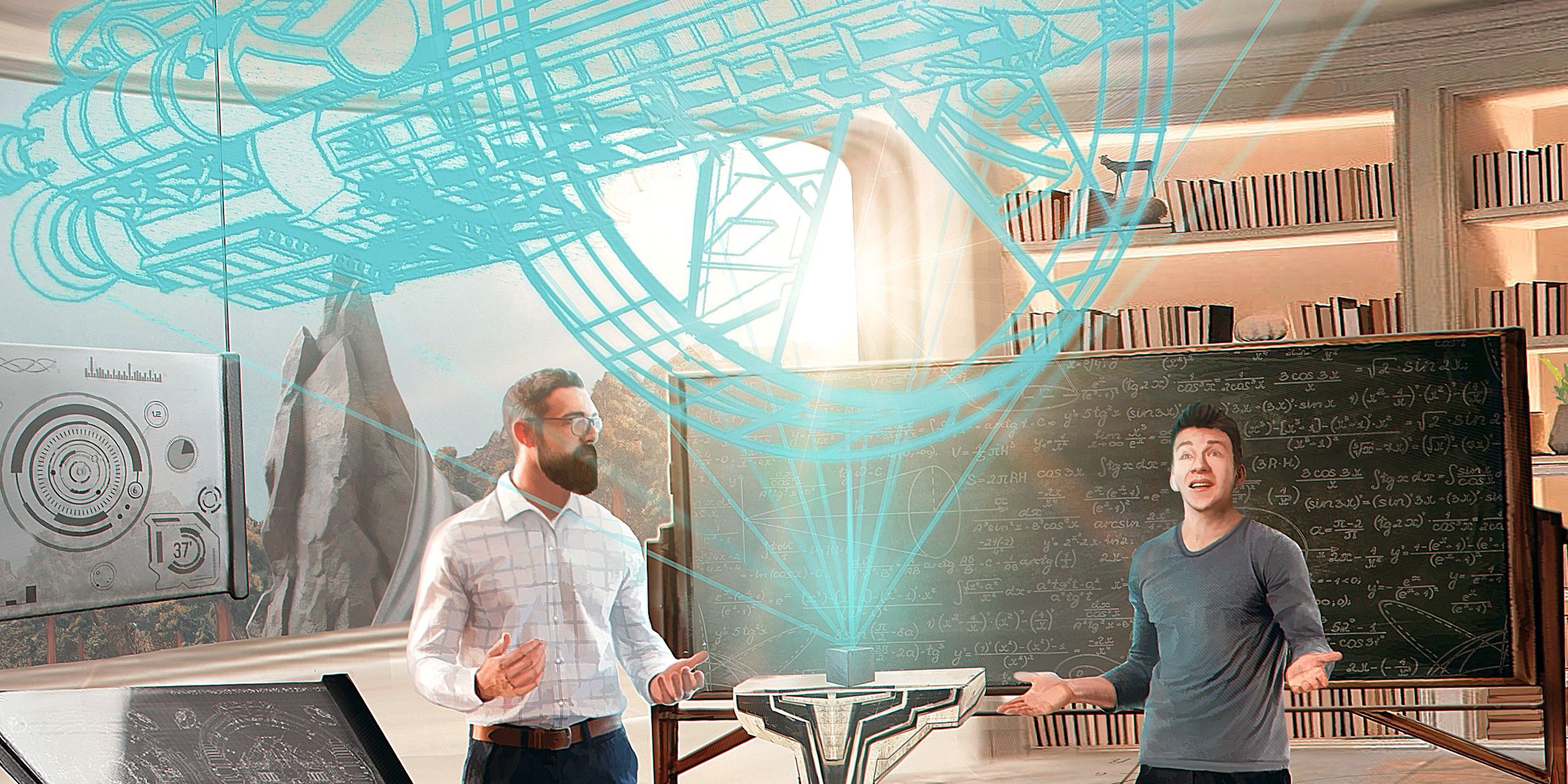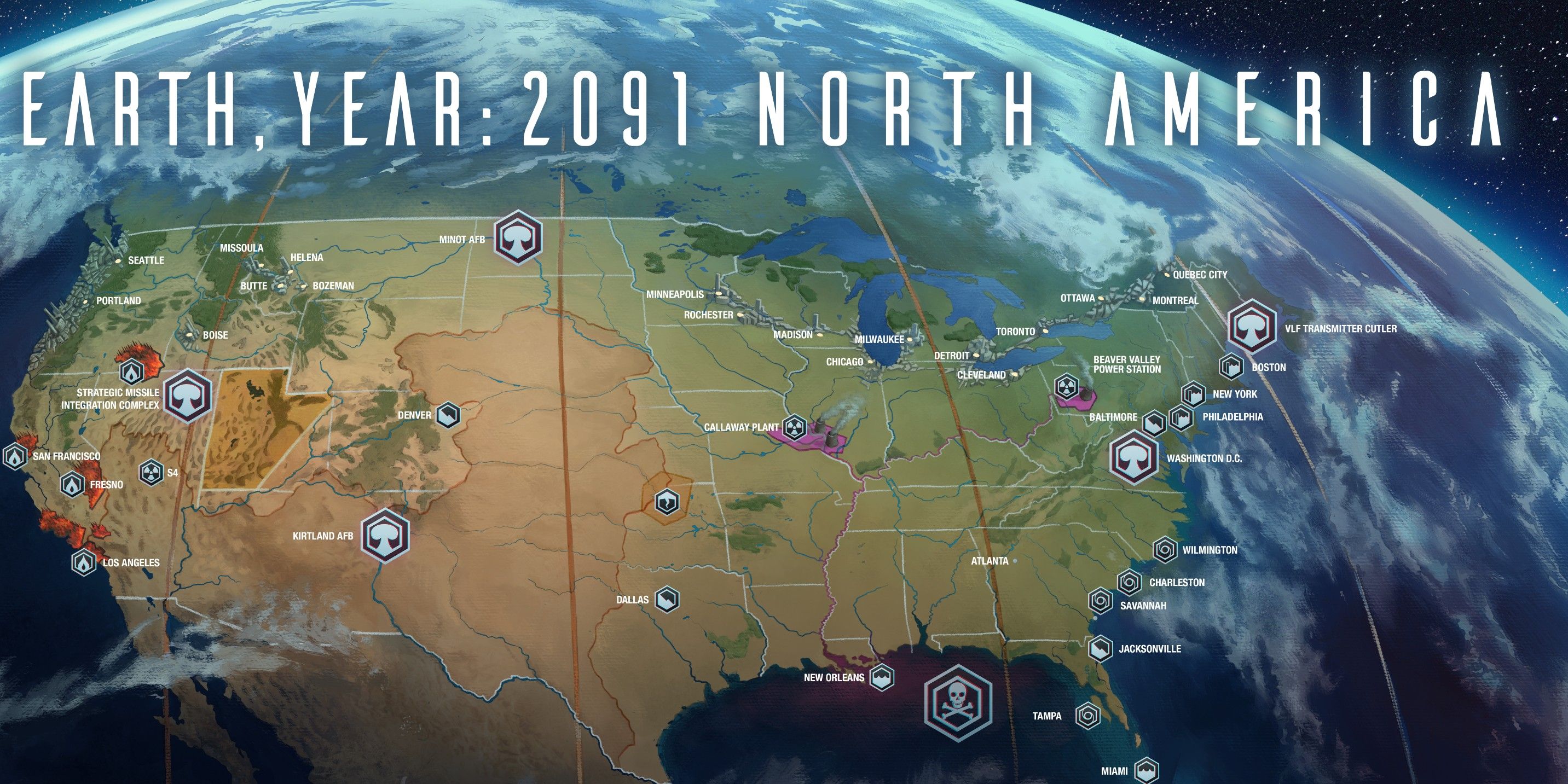In an age where fiction and reality can be hard to separate, Heavy Metal Publishing is bringing hard science of astrophysics and fusion engineering to their new expanded universe epic, Beyond Kuiper (pronounced Ky-Pear). The first illustrated novel of this series entitled Beyond Kuiper: The Galactic Star Alliance debuts this November, spinning out from their comic book space fantasy Dark Wing in the pages of Heavy Metal Magazine. Co-Written by CEO Matthew Medney alongside Lockheed Martin aerospace engineer John Connelly with art by Utku Özden, Beyond Kuiper asks what would happen if a band of researchers on Earth dared to brave the vacuous depths of space in a mission to the edge of the solar system to make contact with a vast alien civilization... and what they might actually have to accomplish in the not-too-distant future in order to build such an interplanetary craft.
The story of Beyond Kuiper takes place in a late-21st Century planet Earth, where, following a devastating nuclear conclusion to World War III, the days of humanity appear to be numbered due to environmental degradation, global warming, and overpopulation. Dr. Bernard Hubert, a renowned astrophysicist, discovers the possibility of alien life following a scientific disaster which leaves him the only witness to their presence, and sets about designing and building an interplanetary vessel with the goal of contacting alien life (known as the titular Galactic Star Alliance, unbeknownst to Dr. Hubert) in hopes of gaining the knowhow to save the planet.
Connelly provided his comprehensive knowledge of physics, engineering, and chemistry to create what might be the most realistic design of a space-faring vessel that has yet been delivered in fiction; The Nomad, a ship designed and built by Hubert and his company, C.O.R.E., to traverse the solar system. Taking into account all manner of pitfalls and perils associated with the functionality of such a machine, Connelly was able to bring this at the moment only speculative concept of a magnetized target fusion engine to life in the pages of Beyond Kuiper with exacting specificity.
There’s propulsion methods and there’s energy sources. So, in the case of a [contemporary] chemical rocket, it’s the same thing. The chemical that’s being burned is the thing that’s providing the thrust. In an [also contemporary] ion engine, the energy source is not the same as the ion drive. The ion drive is just a propulsion method; how it gets its electricity could vary. So, in that case it could be from a nuclear reactor, it could be from a fission source, it could be from a fusion source.
The best of both worlds is if you could find a way that you could use the actual plasma of [nuclear] fusion to be the direct thrust, which is what we used here. So magnetized target fusion is a more recent theory in development than several other fusion methods. One you probably have seen is inertial confinement fusion [similar to Sam Raimi’s Spider-Man 2], which is where they have a small pellet of deuterium or tritium and there’s all these lasers in a room that blast it and create a star for a second.
In designing a spacecraft capable of interplanetary travel, Connelly was also quick to point out the need to have certain amenities to keep a human crew alive: a rotating ring section such as those used in the proposed Stanford torus space station to simulate gravity in order to prevent degradation of organic life, and magnetic coils to shield against radiation and direct the plasma in order to provide propulsion through space.
At one point, Connelly recalls that an unnamed employee at SpaceX, who was an acquaintance of Medney’s, challenged him to calculate the potential thrust of his rocket against the Raptor rockets being developed at that company. While he found the question incongruous to his own design plans, which relied more on potential velocity in space rather than thrust needed to leave a planet’s gravity, he said this made him see the depths he would have to explore in concocting his fictional world if it were to be grounded in reality. “I realized that if we want to bring this book to the public and talk a lot about bringing as much real science to it, then there’s obviously going to be tons of people who are going to double down on analyzing what that science is,” said Connelly, “so we just had to be extra-ready.”
Connelly calculated The Nomad space vessel’s necessary thrust to be roughly 219,000 pounds. Beyond Kuiper: The Galactic Star Alliance, releases November 11 wherever books are sold.



